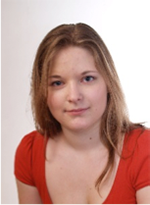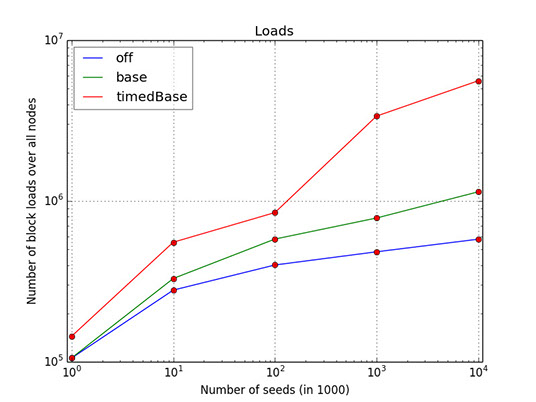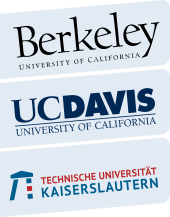

RESEARCH PROGRAM
Title: Particle tracing for Flow Visualisation
Name: Susanne Göbel
(former student)
Project description:
Starting situation
We study integral curve computation in vector fields and try to make the curve computation more efficient.
The vector field generated by measurements (e.g. wind tunnels) or analytical techniques consists of Giga to petaBytes of data.
In order to get meaningful insights millions of particles must be processed.
Computed curves can then be fed into tools like Visit or Paraview to immediately visualise the underlying flow field.
This technique is a standard approach for optimizing flow properties, e.g. engines or wings of airplaines.
Computations of the necessary scale cannot be executed by a desktop pc any more but need to be run on clusters.
Those clusters consist of many compute nodes that each work like a desktop pc and are combined by a quick interconnect in order to exchange information.
Data is stored on huge disks that are expensive to access.
Approach
We work on a system that takes this compute topology into account and produces efficient algorithms that scale to huge node counts.
The parallelisation and work balancing schemes applied on and between nodes are quite different and their interplay is not yet thoroughly understood.
Since our visit for the IRTG-Kickoff we have a coorperation with the Lawrence Berkeley National Labs so that we can run our codes in different configurations on the Nersc departement’s super computers.
While our local cluster Elwetritsch allows for quick and easy access, the Berkeley machines are standardized clusters that have been used in many publications.
They give us a further frame of reference.
Expected Results
We are gaining insights into the interplay of different parallelisation schemes, study their costs and produce a system that combines the schemes in an efficient way.


